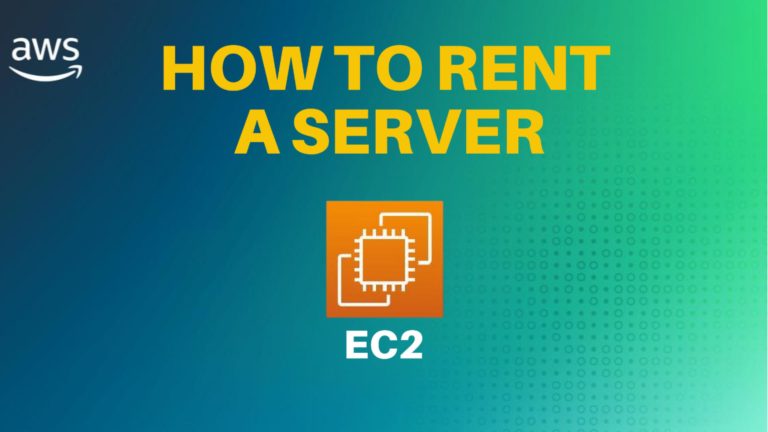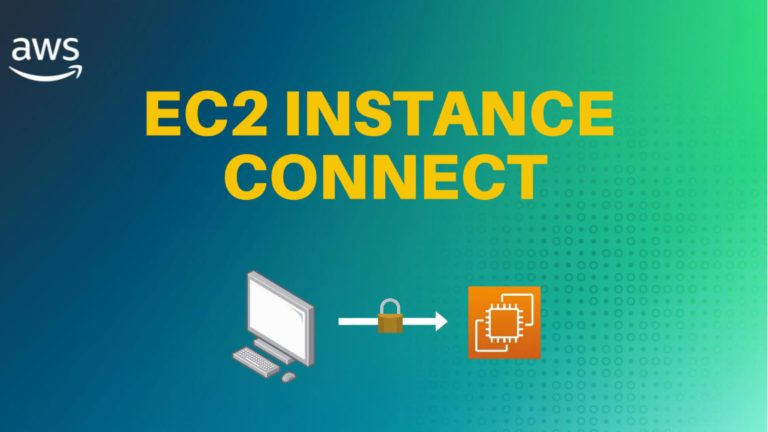Introduction to Amazon ECS: Elastic Container Service
Amazon Elastic Container Service (ECS) is a fully managed container orchestration service that allows developers to deploy, manage, and scale containerized applications effortlessly. In this article, we’ll explore what Amazon ECS is, its key features, and an architectural overview. By the end, you’ll have a strong understanding of how ECS can help simplify the management of containerized workloads and infrastructure.
What is Amazon ECS?
Amazon ECS is a robust platform designed to help developers manage Docker containers across clusters. It integrates seamlessly with other AWS services such as Amazon EC2, AWS Fargate, IAM, and CloudWatch. This integration offers a holistic solution to run, stop, and manage containers with ease.
Key Features of Amazon ECS
- Fully Managed Service: ECS removes the heavy lifting of managing your infrastructure. Whether you prefer managing your own EC2 instances or using the serverless Fargate, ECS offers a range of options to suit various needs.
- Flexible Hosting Options: ECS supports running containers on EC2 instances or the serverless AWS Fargate, depending on your operational preferences.
- Seamless AWS Integration: The service is tightly integrated with other AWS services, allowing developers to benefit from built-in security, IAM roles, service discovery (via AWS Cloud Map), and detailed application monitoring (via CloudWatch).
- Automatic Scaling: ECS allows for automatic scaling of containerized applications to manage varying loads efficiently.
- Fine-Grained Permission Management: ECS uses IAM roles to provide fine-grained permissions, ensuring secure and compliant deployments.
🌟 Master AWS Fundamentals! 🌟
Ready to dive into the world of cloud computing? Check out this comprehensive course on Coursera: AWS Fundamentals Specialization
This certification course covers everything you need to know about Amazon Web Services, from the basics to advanced concepts, making it perfect for both beginners and those looking to enhance their cloud skills. Enroll now and elevate your career with in-demand AWS expertise! 📚🚀
ECS Architecture Overview
ECS organizes tasks and services into clusters. These clusters act as logical groups, making it easy to manage and scale applications.
- Task Definitions: These act as blueprints for your applications, specifying container settings, Docker images, and port configurations.
- Services: Services ensure that the desired number of tasks remain running and reschedule any that fail.
- Launch Types: ECS supports two launch types:
- EC2 Launch Type: Here, you manage the underlying EC2 instances.
- Fargate Launch Type: A serverless option that abstracts away infrastructure management, allowing you to focus solely on your applications.
ECS Layers and Application Lifecycle
Layers
ECS operates across three key layers: capacity, controller, and provisioning.
- Capacity: This layer defines the infrastructure your containers run on. You can use EC2 instances or the serverless AWS Fargate. Additionally, Amazon ECS Anywhere allows you to register external instances like virtual machines or servers to your ECS cluster.
- Controller: ECS schedules and manages your containerized applications through the Amazon ECS scheduler, ensuring the desired number of tasks run within the cluster.
- Provisioning: You can provision ECS using several AWS tools:
- AWS Management Console: A user-friendly interface for managing ECS resources.
- AWS CLI: Offers command-line access across multiple platforms.
- AWS SDK: Provides language-specific APIs for developers to interact with ECS.
- AWS Cloud Development Kit (CDK): Enables developers to model and provision cloud resources using familiar programming languages.
ECS Application Lifecycle
To run applications on ECS, they must be containerized. The typical lifecycle is as follows:
- Containerization: Applications are packaged with code, libraries, and runtime in containers built from Docker images.
- Storage of Images: Docker images are stored in a container registry like Amazon Elastic Container Registry (ECR).
- Task Definition: A task definition acts as a JSON blueprint for your container, outlining configurations such as container settings and operating system parameters.
- Cluster Deployment: Task definitions are deployed to a cluster, ensuring containers run on the registered infrastructure.
- Monitoring: Once deployed, tools like CloudWatch can monitor the performance and health of containerized applications.
Hands-On Demo – Deploying a Docker Container on ECS with Fargate
In this demo, we create and deploy a Docker image using AWS ECS and Fargate. Below are the main steps:
- Build the Docker Image: We updated the Dockerfile to expose port 80, and cookies were configured for HTTP use.
- Create the Cluster: A cluster named “Remix Indie Cluster” was created using AWS Fargate.
- Task Definition Creation: The task definition specified CPU, memory, container images, and environment variables.
- Service Deployment: The task was deployed within the cluster, ensuring high availability and a seamless user experience.
Conclusion
Amazon ECS is a powerful and flexible service for managing containerized applications. Whether you’re using EC2 instances or the serverless Fargate, ECS offers a range of tools to scale, monitor, and secure applications efficiently. By leveraging its tight integration with other AWS services, you can streamline your cloud infrastructure, reduce operational overhead, and focus on what matters—building great applications.






